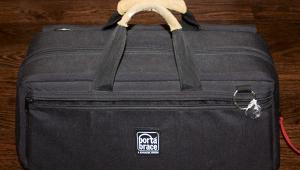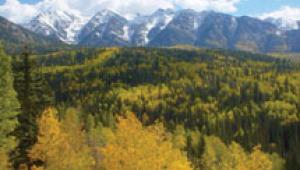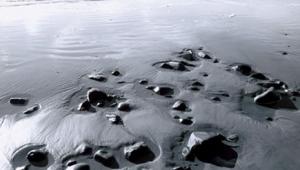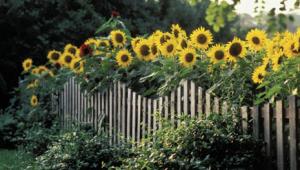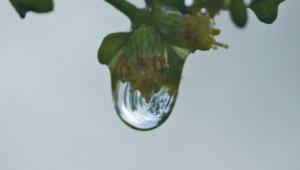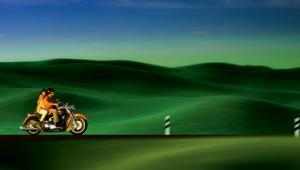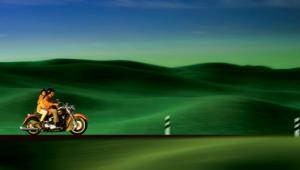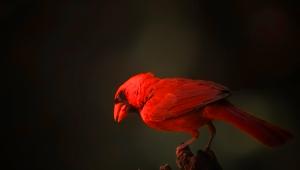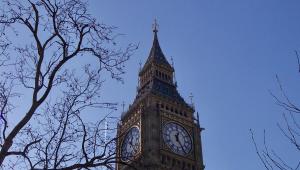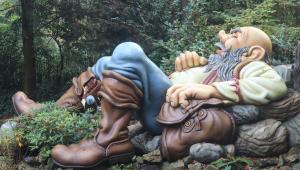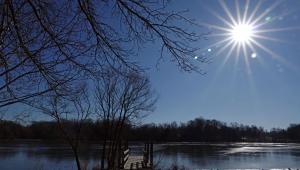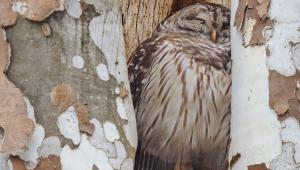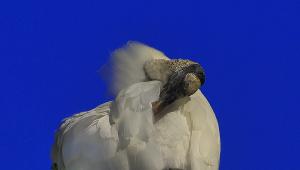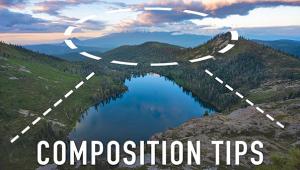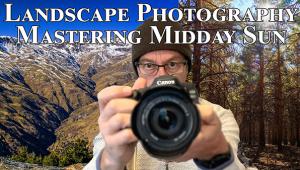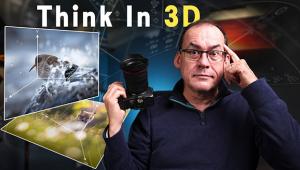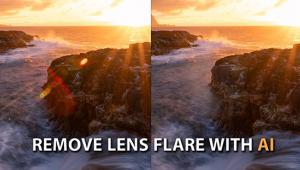I have lived and travelled in China since 1995, I'm British, speak Mandarin and worked for China's largest travel firm, I finally decided to choose Guilin, it's wonderful. The Li River picture above is just one of the wonderful places in this area of China. Actually few really get into these type of locations, they do the tourist boat down the Li River or take photos with tourists on a cormorant fishing 'show'. To get this types of images you need to get out in a private car, cross a river, hike up some beautiful remote peaks and hire a bamboo raft by the river, away from the tourists. If you could choose one place other than Beijing I would come to see the karst rocky mountains of this area. It's one of the places no has heard of but every Chinese restaurant depicts its mountains in the art. Lovely portrait of the old guy also!
Travel Photography in China Page 2
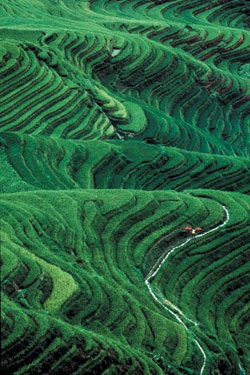 |
|
|
"South China Sea" was
also photographed in the south, on the island of Hainan. Elson changed the color
of the sky, which was originally cloudy, to a warm gold tone. He also removed
some people camping out on the shore, and added the silhouetted subject and
umbrellas with Photoshop.
"Rickshaw" is a very impressionistic rendering of "a sickly
old man sleeping in a rickshaw, which is not only the means of his livelihood,
but by his appearance, I believe he had gathered around him most of his worldly
possessions." Elson says, "People in China live in such a way that
few of us understand in this country." He toned down the color palette
to emphasize the bleakness of the scene. "This isn't usually the
type of image I sell," he says, "but this was so evocative and haunting.
To me, it's a metaphor of how unique and fabulous America is."
"Rice Field, Long Ji, China" with its precipitous fields and carved
terraces, is a popular photo spot, according to Elson. "People live in
these one-street, nearly barren, villages and tend the rice fields. As evening
falls, you'll occasionally see the pallid flicker of television, but there's
no activity in the dirt streets, no movie theater, no cafes. Rural China is
a no-frills existence." He says that most people photograph this scene
from a spot that's level with the fields, but he arrived early in the
morning and hiked up to a higher, more interesting vantage point. (The original
scene consisted only of the fields, and later, in Photoshop, he added the field
worker with the heavily charged yoke to indicate scale, and to symbolize that
all the work in these fields is performed manually, only occasionally aided
by oxen.)
 |
|
|
"Day's End" was
taken in a fishing area in the southern part of China. "I saw the sunset
starting to happen," he explains, and he immediately shot the scene. He
later punched up the color in the sky, and added the woman carrying baskets
and the fishing boat.
Elson describes a professional photographer as one who "knows what you
have to do to get a great image. Knowing how to transfer what's in your
mind to film (or a memory card) is essential." He says that a photographer
must learn to make his camera record what his mind sees. "And if not all
of it is there to pass through the lens, then there's software. With every
scene, every image, it's only as good as your editing. Not so different
from life, really, because all of life is editing--what you add, what you
remove, and what you do with what you see."
Travel Gear
When traveling, Elson pares down his equipment. For his Chinese trip, he took
his Nikon F4, and Nikkor 20mm, 15mm rectilinear, 75--300mm zoom, and 60mm
macro lenses. He also used an SB--24 flash with a cord that allows for
off-camera lighting. He uses his in-camera meter to confirm what are pretty
accurate guesses acquired from experience. "When I do use the meter, it's
rarely centered. I'm always trying to get a little more out of the highlights
or shadows. And when I find the lighting unusual, I'll take readings from
a gray card," he says.
One day, he says, he plans to get a digital camera, partly because of the problems
involved when traveling with film. "Especially abroad," Elson says,
"Everything goes through the x-ray machine, and it's difficult to
convince people at many airports to hand-examine film."
For now, Elson shoots with Kodak's E-series transparency films. He uses
E100G and E100GX "almost always," and E200, "which is pushable."
In addition to this, he always uses a sturdy Gitzo carbon fiber tripod "even
on a sunny day!" He enlarges some of his images to 40x60-inch prints,
and says, "At this size, there would be some noticeable image blur if
I didn't use a tripod."
 |
|
|
A Unique Experience
In terms of travel photography, Elson observes, "You should be prepared
to find anything you do to be more problematic when you photograph in places
like China." He adds, "Even if someday it becomes possible to rent
a car and drive around China yourself, I advise against it. Hire a car and driver,
someone who speaks at least a little English, as it will be many years before
the `outback' will be ready for western tourists. No road signs
in English, no motels, and very few people to help speed you on your merry way.
It can be like stepping back in time 100 years." He also feels strongly
about exploring areas that haven't been photographed a million times:
"Be adventuresome and take the road less traveled."
All in all, he concludes, China provided some wonderful memories and photo opportunities.
"It's a unique experience from other travel destinations."
- Log in or register to post comments

